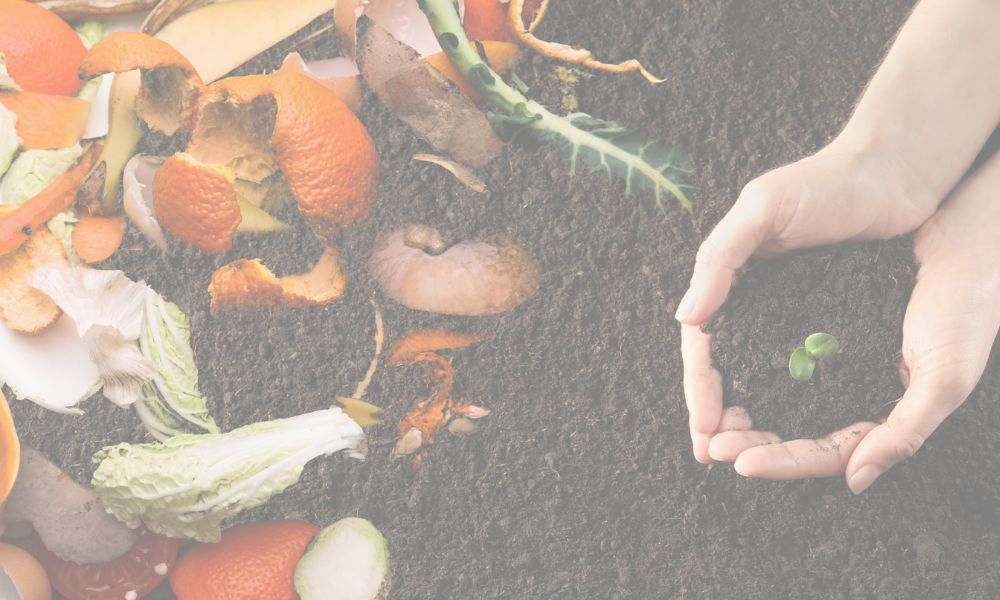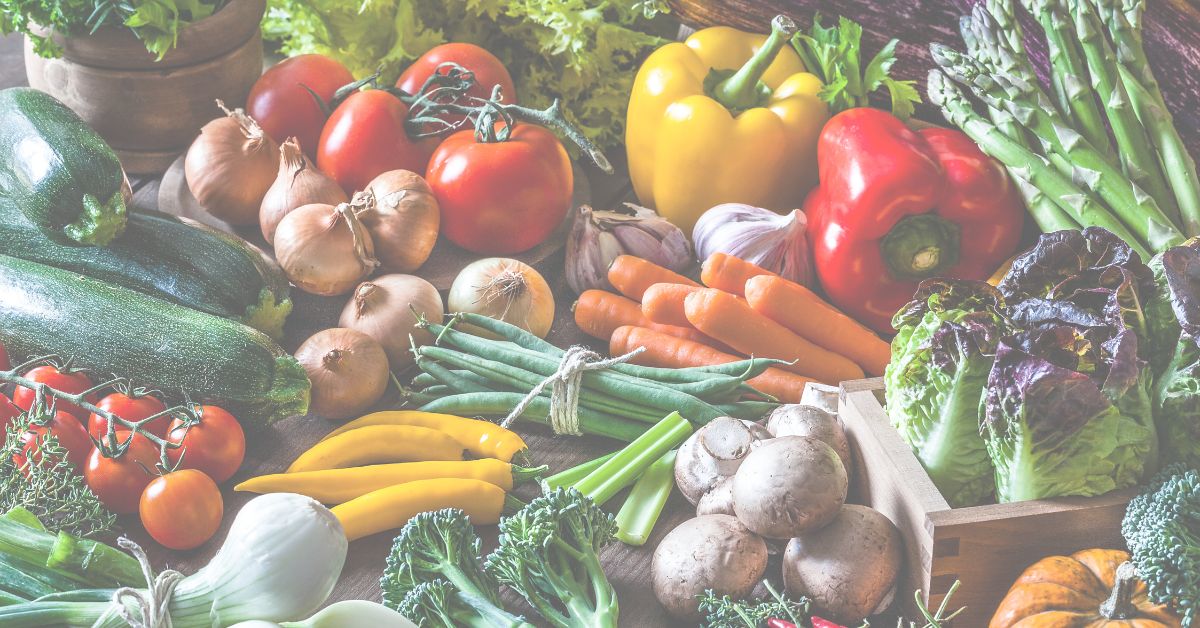Understanding the Miyawaki Method
The Miyawaki Method is a technique for afforestation and reforestation developed by Japanese botanist Akira Miyawaki. This method involves planting native tree species closely together within the same area. Not only does this save space, but also fosters mutual support among the saplings, aiding their growth while simultaneously obstructing sunlight from reaching the ground, effectively suppressing weed growth.
At its core, the Miyawaki Method focuses on creating dense, native forests that grow rapidly in small spaces, even in urban areas. Unlike traditional reforestation practices that rely on monoculture plantations or slow-growing tree species, this method emphasizes biodiversity and ecological resilience. By mimicking the natural processes of forest growth, Miyawaki forests become self-sustaining ecosystems capable of supporting diverse flora and fauna.
The Benefits of Miyawaki Forests
Rapid Growth:
One of the most remarkable aspects of the Miyawaki Method is its ability to accelerate forest growth significantly. Within just a few years, Miyawaki forests can reach maturity, exhibiting dense vegetation and robust biodiversity. This rapid growth not only enhances carbon sequestration but also facilitates the restoration of degraded landscapes at a much faster pace.
Biodiversity:
Diversity is the cornerstone of ecological health, and Miyawaki forests excel in promoting it. By planting a wide variety of native tree species, shrubs, and understory plants, these forests attract a myriad of insects, birds, and other wildlife. The dense vegetation provides habitat and food sources, fostering thriving ecosystems that contribute to the overall resilience of the environment.
Soil Regeneration:
Miyawaki forests play a vital role in soil regeneration and erosion control. The dense root systems of diverse plant species help bind the soil, preventing erosion and promoting nutrient cycling. Over time, the soil becomes richer and more fertile, supporting healthier vegetation and enhancing the overall ecosystem services provided by the forest.
Climate Resilience:
In an era of climate uncertainty, resilient ecosystems are paramount. Miyawaki forests act as climate buffers, mitigating the impacts of extreme weather events, such as floods and heat waves. The dense canopy provides shade, reducing temperature fluctuations and creating microclimates that support plant and animal life even in adverse conditions.

The Future of the Miyawaki Method
As awareness of environmental issues continues to grow, the Miyawaki Method holds immense promise for the future of reforestation and ecosystem restoration worldwide. Its adaptability to diverse landscapes, from urban parks to degraded farmlands, makes it a versatile tool for addressing a wide range of environmental challenges. Moreover, its community-centric approach fosters local engagement and empowerment, turning stakeholders into stewards of their natural heritage.
Urban Greening:
In urban areas plagued by pollution and habitat loss, Miyawaki forests offer a breath of fresh air—literally. By transforming vacant lots, rooftops, and roadside verges into vibrant green spaces, cities can combat the urban heat island effect, improve air quality, and enhance residents’ quality of life. These urban forests serve as sanctuaries for biodiversity and recreational hubs for communities, fostering a deeper connection to nature in the concrete jungle.
Reforestation Initiatives:
In regions devastated by deforestation, the Miyawaki Method presents a cost-effective and scalable solution for restoring degraded landscapes. By mobilizing local communities, conservation organizations, and government agencies, large-scale reforestation efforts can be undertaken to reverse ecosystem degradation and promote sustainable land management practices. From tropical rainforests to arid savannas, Miyawaki forests have the potential to rejuvenate ecosystems and safeguard biodiversity on a global scale.
Climate Change Mitigation:
As the world grapples with the existential threat of climate change, nature-based solutions such as Miyawaki forests offer a ray of hope. By sequestering carbon dioxide from the atmosphere and storing it in biomass and soils, these forests play a crucial role in mitigating greenhouse gas emissions and stabilizing the climate. Integrating Miyawaki forests into climate action plans can help countries meet their carbon reduction targets while simultaneously enhancing biodiversity and ecosystem resilience.
At SapAgro, we offer comprehensive guidance and support to help you master this innovative technique and create lush green spaces sustainably. If you want to learn the Miyawaki Method, reach out to SapAgro – your go-to for Organic Farming Training, Certification, and Consultation in India.
Conclusion:
In an era of environmental crisis, the Miyawaki Method emerges as a beacon of hope for restoring ecosystems, combating climate change, and fostering sustainable development. By harnessing the power of nature and embracing biodiversity, we can create a greener, healthier planet for future generations. Together, let’s plant the seeds of change and cultivate a world where Miyawaki forests flourish, and biodiversity thrives.






